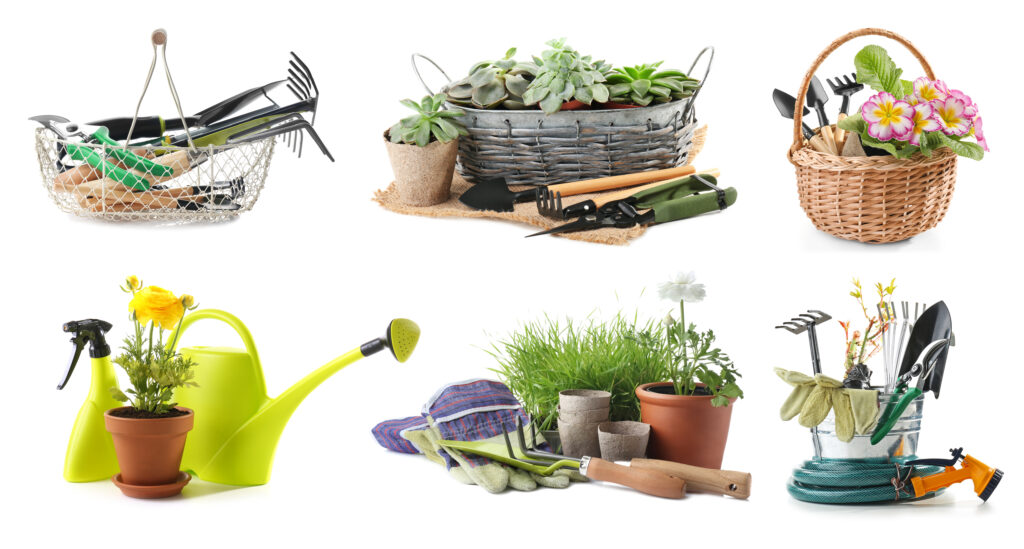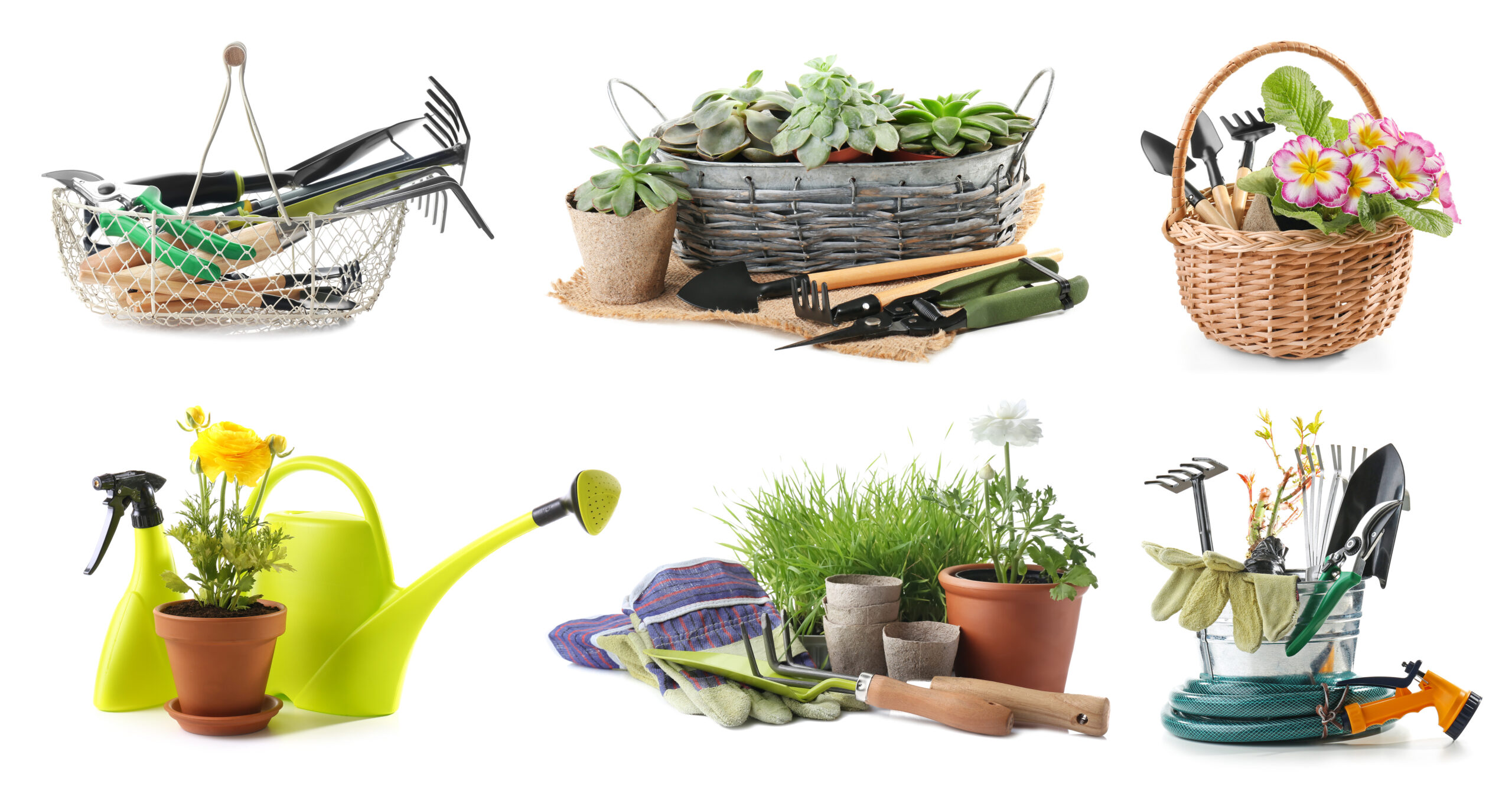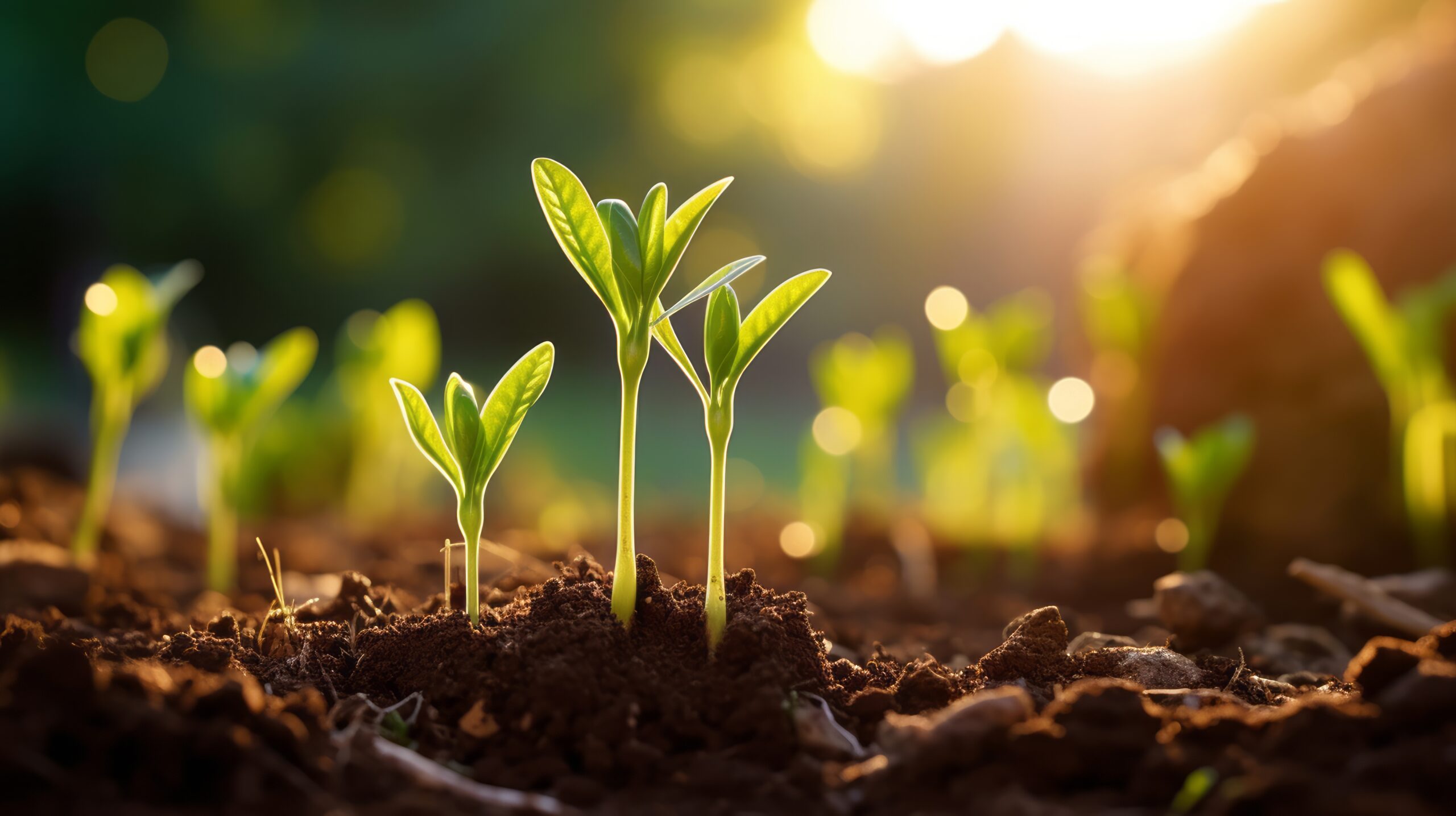
Understanding the Value of Perennials
Perennials are plants that live for more than two years, regrowing each spring from their rootstock rather than seeding themselves as annuals do. These steadfast components of the garden provide a reliable structure and continuity across seasons. Their recurring bloom offers not only a cost-effective gardening solution but also a foundation around which annuals and biennials can complement, creating a dynamic and evolving outdoor space.
Selecting Perennials for Year-Round Interest
Choose a variety of perennials that bloom at different times throughout the growing season to ensure continuous color and interest in your garden. Consider early bloomers like lupines and peonies, summer favorites such as echinacea and daylilies, and late bloomers like asters and rudbeckia. Including plants with attractive foliage, like hostas or ferns, ensures your garden remains vibrant even when blooms are sparse.
Planning for Growth and Spacing
Perennials grow and expand over the years, so it’s crucial to plan for their mature size when designing your garden. Overcrowding can lead to poor air circulation and competition for resources, so give each plant enough room to flourish. The back of the garden is ideal for tall varieties, while shorter perennials can fill in the front, creating a tiered effect that showcases each plant.
Soil Preparation and Mulching
Perennials thrive in well-draining soil rich in organic matter. Before planting, amend your garden soil with compost or well-rotted manure to improve fertility and structure. Mulching around perennials with organic material helps retain moisture, suppress weeds, and gradually enriches the soil as it decomposes, benefiting the plants over time.
Watering and Fertilization Needs
Established perennials generally require less water than annuals, thanks to their deeper root systems. However, during the first year or in times of drought, ensure they receive enough water to thrive. A slow-release organic fertilizer applied in the spring can support healthy growth and flowering, but avoid over-fertilizing, which can promote foliage at the expense of blooms.
Pruning and Maintenance
Regular pruning keeps perennials healthy and vigorous. Deadheading, or removing spent blooms, encourages many varieties to produce more flowers. Cut back dead foliage in late fall or early spring, depending on the plant’s needs and your climate. Some perennials, like ornamental grasses, provide winter interest and habitat for wildlife, so consider leaving them standing through the winter months.
Dividing to Multiply
Many perennials benefit from being divided every few years to prevent overcrowding and rejuvenate the plant. Division involves splitting the plant into smaller sections and replanting them, offering an easy way to propagate your favorites and fill gaps in the garden. Spring and fall are typically the best times for division, depending on the specific plant and local climate.
Creating a Pollinator-Friendly Garden
Including a range of perennials in your garden design not only adds beauty but can also support local pollinators. Plants like lavender, salvia, and bee balm are particularly attractive to bees, butterflies, and other beneficial insects, contributing to the health of your garden ecosystem and the broader environment.
Incorporating perennials into your garden design offers a wealth of benefits, from providing a stable backbone for your landscape to supporting local wildlife. By carefully selecting varieties for continuous bloom, preparing the soil, and maintaining your plants through regular care and division, you can create a lush, thriving garden that evolves and matures beautifully over the years.



